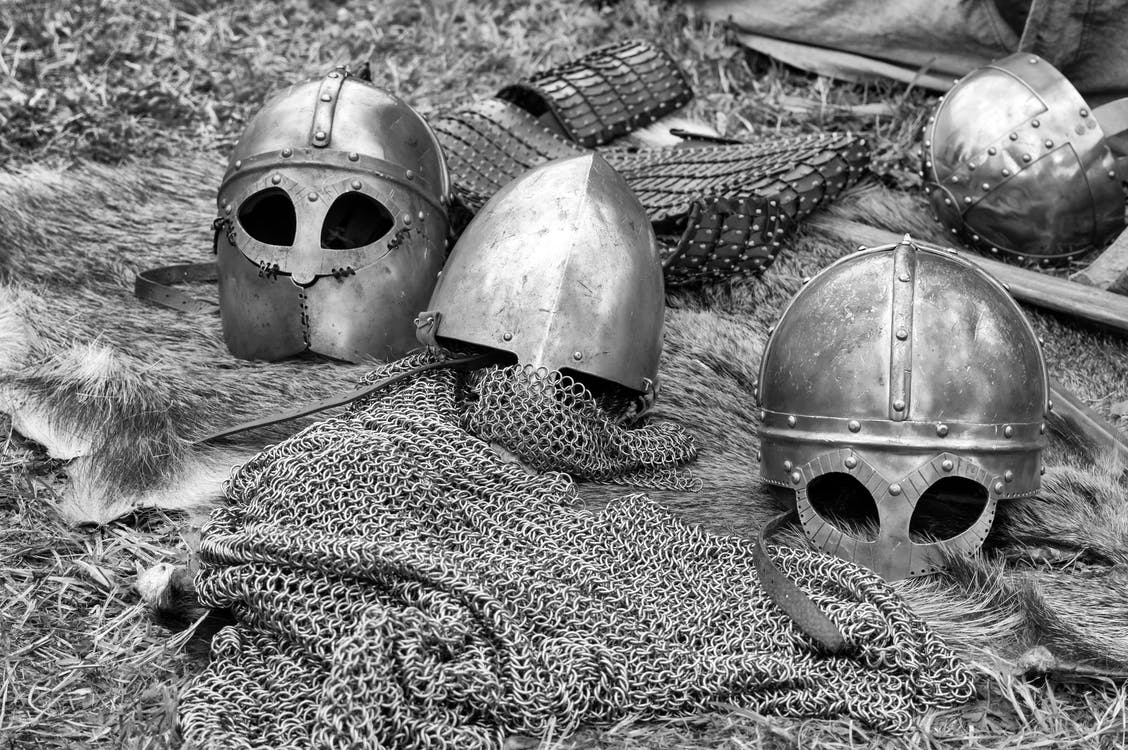Metallurgy, the art of obtaining and treating metals for the creation of alloys. Without a doubt, it is one of the most documented industrial activities, with importance historical precedent dating back to old age. Who hasn’t heard of the bronze wars, or the iron revolution? When we talk about metallurgy, its uses go from the simplest to the most complex ones.
When we speak about metallurgy, we speak of a highly complex discipline in which there is an important number of variables to consider, requiring the support of sciences such as physics, chemistry and practices such as engineering. Metallurgy is an applied science, reason why it must be studied beyond the theories, as historic problems such as the solidification or re-crystallization of metals remain unsolved.
Still, technological advances have allowed for great strides in this field, offering promising solutions. Many experts consider that the art of metalworking started in the Near East, near the Nile; the belief is that it was during the “Age of Metals” that the main historical knowledge of metals and the way to work them into household items started to form. Historically, the Age of Metals was divided into three different stages depending on the most-used metal at the time:
- Copper Age: One of the first metals man used in its natural state. Dating back to the Neolithic. At the beginning, it was mixed with arsenic but later started being mixed with tin, which led to the creation of bronze.
- Bronze Age: Started by mixing copper and tin. It was divided into several ages, believed to predate Christ by at least 4.000 years.
- Iron Age: Was first recorded in the twelfth century before Christ. At the time, it was the most advanced known form of metalwork. Its strength and abundance made it more desirable than bronze, which it ended up replacing.


